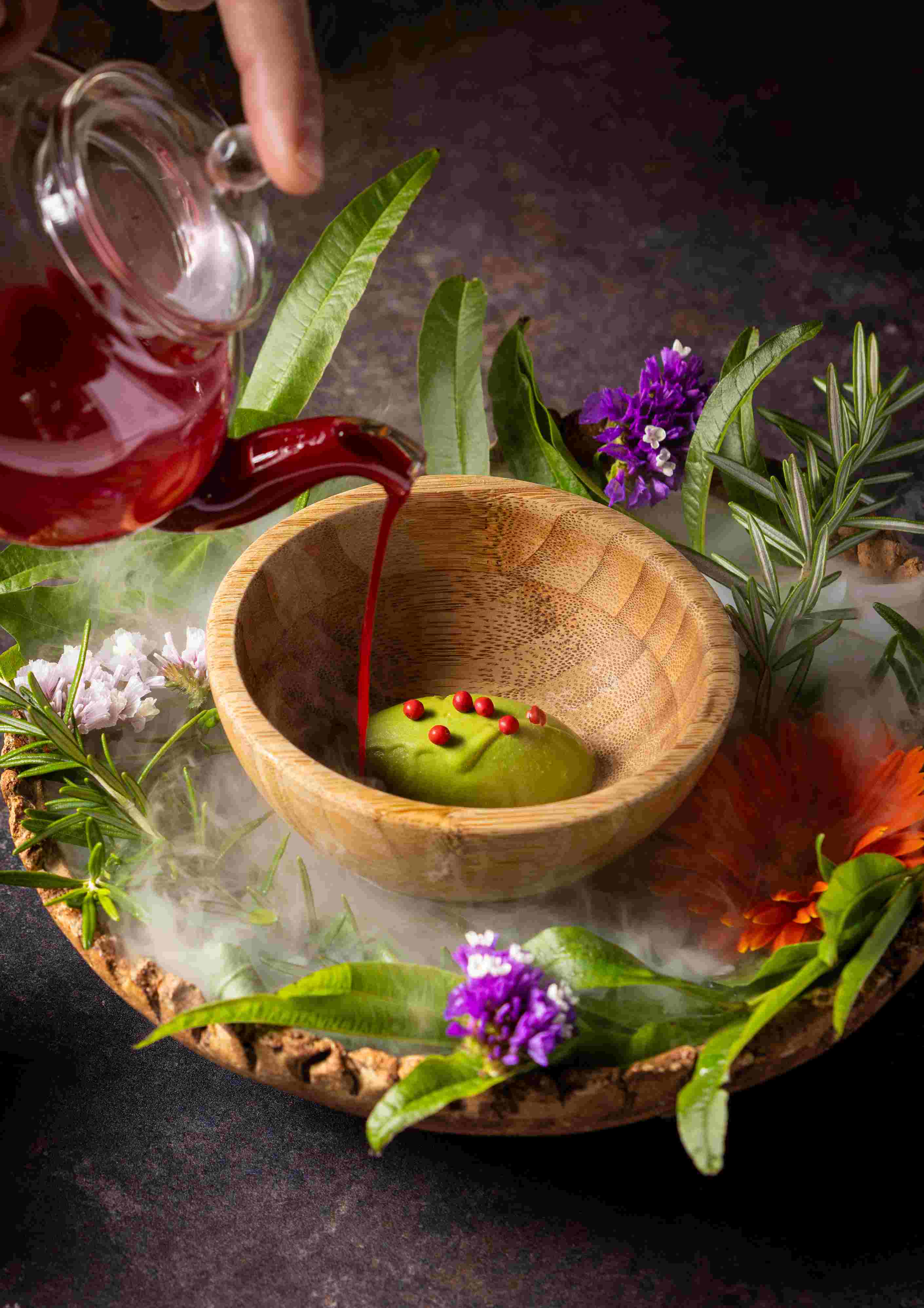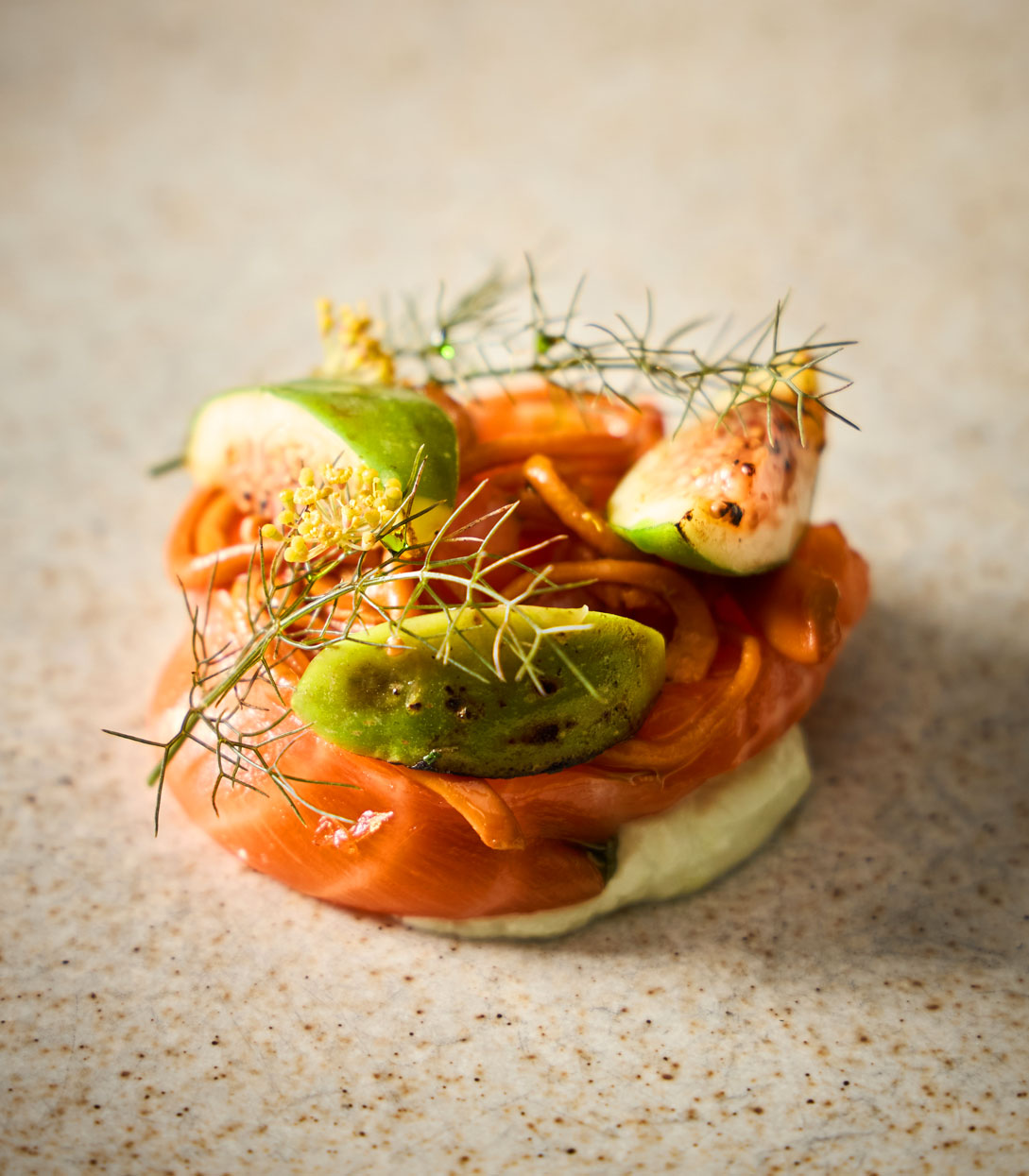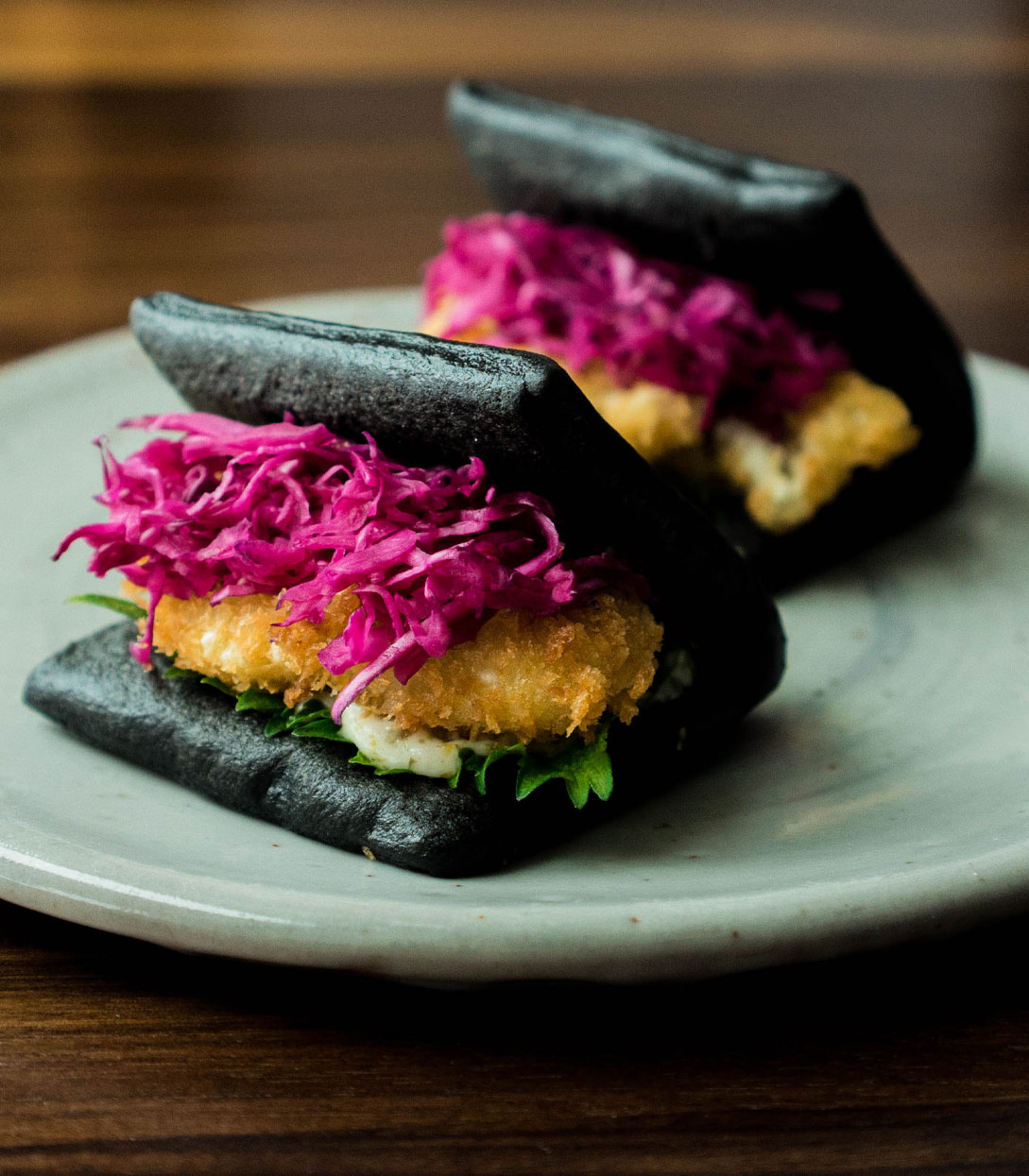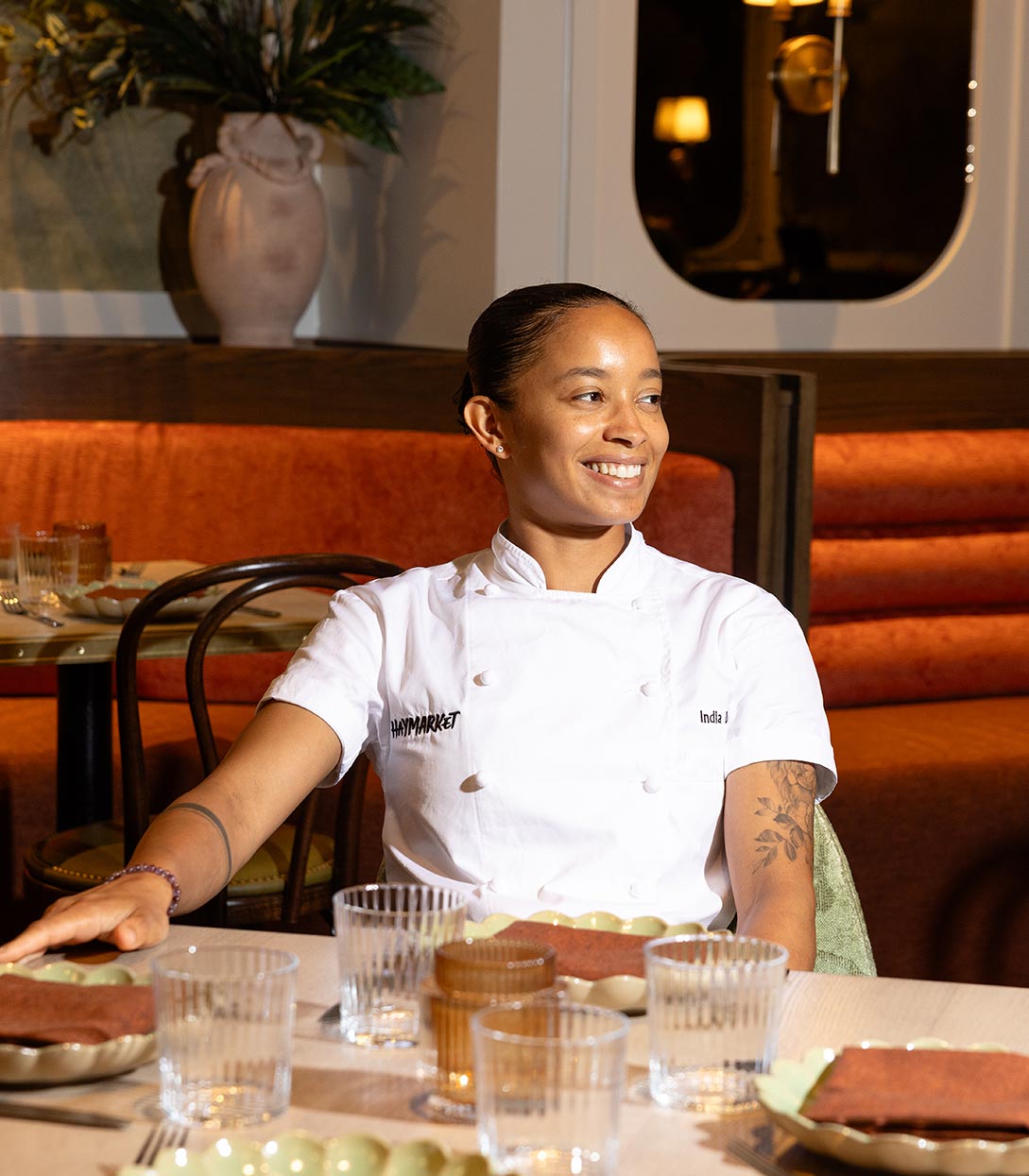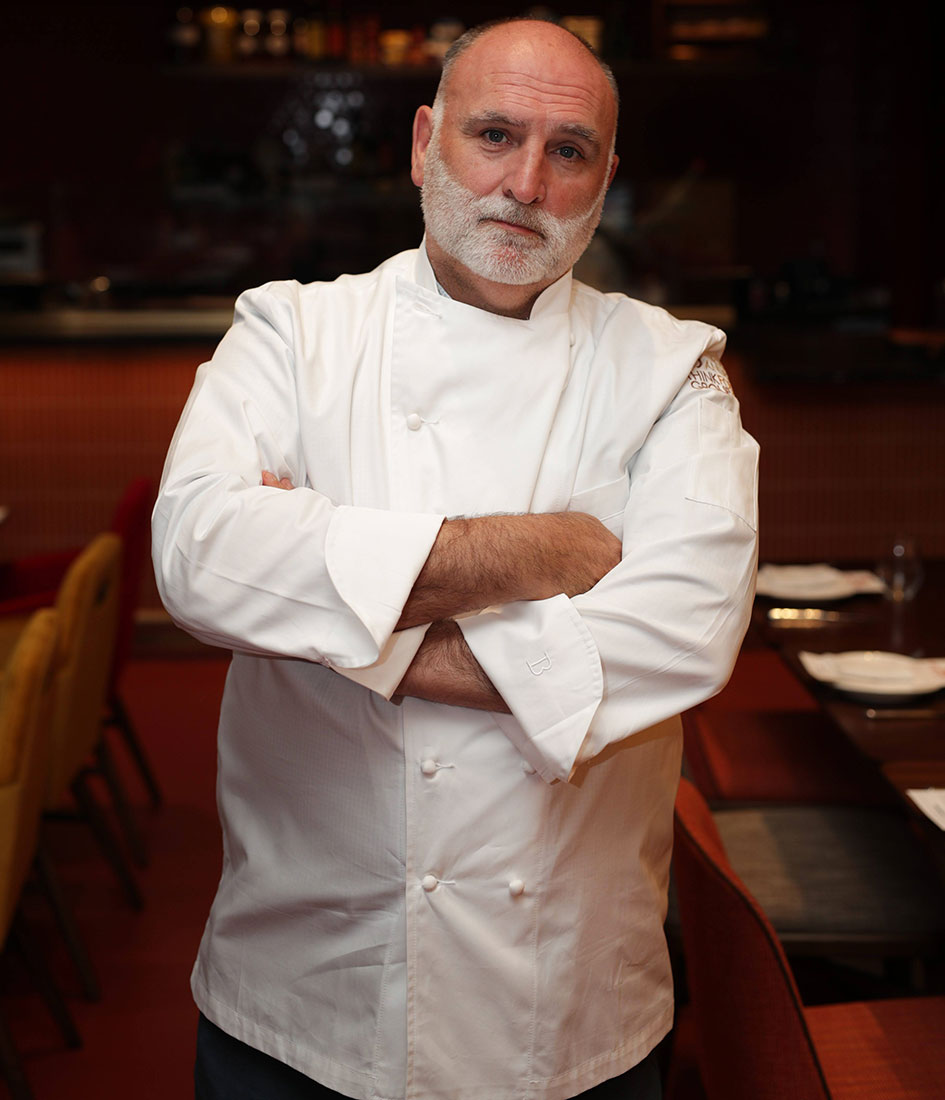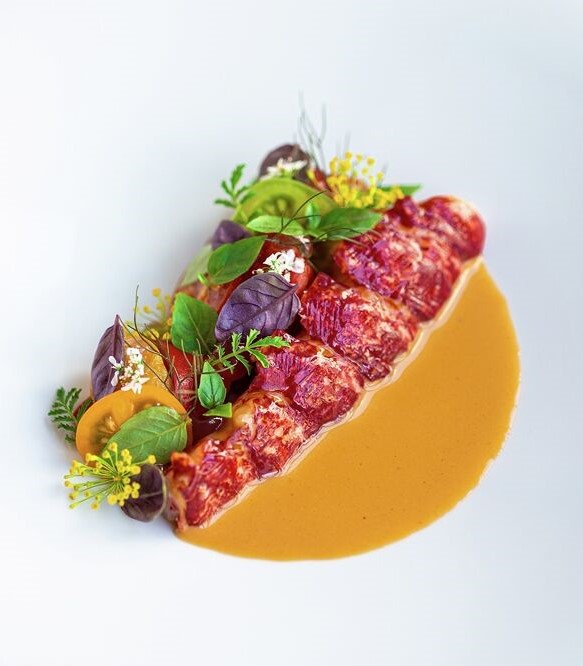In celebration of Gaggenau and the MICHELIN Guide’s ongoing partnership and commitment to the exploration of culinary culture, the Black Jacket Society of chefs converge ahead of each MICHELIN Guide Ceremony for dinner and conversation. Building off Gaggenau’s Professional Kitchen Principle that cooking equipment must be at the highest level akin to the ingredients chefs use in their dishes, the final dinner of 2023, held at Two MICHELIN Star Aska in Brooklyn, touches upon the finesse and polish behind the fine dining experience. Bringing together chefs from the east coast in celebration of the first-ever MICHELIN Guide Ceremony honoring talents from Chicago, New York, and Washington, D.C., below, the talented names break down the secret sauce behind their winning service.
"Fine dining for me is where you can go to a place and forget about life outside of the doors," said Two MICHELIN Star Aquavit executive chef Emma Bengtsson. The chef was joined by fellow talents including Washington, D.C.'s Johnny Spero (of One MICHELIN Star Reverie) and Yuan Tang (of One MICHELIN Star Rooster & Owl), with Fredrik Berselius (of Aska) playing host with Gaggenau for a lively exchange about haute gastronomy in today's modern world. "You need food to survive but fine dining is an experience, it's travel, it's the opera. You get to sit and enjoy it for the night," added Bengtsson. "I use the Guide myself when traveling and seek out restaurants of a certain caliber," said Berselius. "MICHELIN has been a guide to set the bar for restaurants since long before my cooking career started."
That sentiment was echoed by Tang: "Fine dining is accessible to more people and that's a good thing," says the chef who operates his boîte with his wife. "It's where we're heading [and] will showcase to more than just the selected few." The opening of fine dining to more has also led to conversations around dressing for dinner. Gone are the days of strict and stuffy dress codes, but with that, the chefs discussed how in a post-pandemic world, diners are making their own rules. "Certain people save up for a year to dress up and go out and enjoy this," said Bengsston, adding, "and then certain people who have the money dress in t-shirt and hats. I feel bad for the table next to them." Spero chimed in, "they might be $400 sweatpants, but they’re still sweatpants."
However, all chefs were universal in their goal to bring ease and comfort achieved through warm hospitality. "I was terrified to go to a fine dining restaurant when I was younger," said Bengtsson. "It was like Pretty Woman—what do I eat with? I don’t want to make a mess. I was like that for years. There are still restaurants like that and I don’t want to feel like that." Combating this is conviviality from the kitchen to the dining room. "The best thing I experience at a MICHELIN restaurant is when the wait staff takes off that mask and shows you who they really are, as a person," said Tang, noting that this is his approach to his operations. "I encourage my staff to do that [as the most important thing is] the connection you make at the table, the way you treat others. How comfortable you are sets the vibe."
Another aspect is music and the soundtrack. While previous generations of fine dining establishments opted for silence, allowing the buzz of the kitchen and conversation to take center stage, today's Star chefs use music to enhance the experience. "It's the music I'd listen to," said Spero. "Some of it was loud or weird D.C. hardcore, but it speaks to us. The beat gets fast and then slows down again [like service]." Tang agreed and noted that, for him, music and being in the center of the dining room is electrifying. "I love feeling the energy and music I like and it works better for me." For Bengsston, the melodies in the background are meant to enhance the senses, but it depends on their guests. "You have to feel the vibe of the room," said Bengtsson. "If we see a younger crowd, we can play classical jazz or hardcore hip-hop. We change depending on who’s in the room."
Those diners are also subject to some digital sleuthing. For Spero at Reverie, he and his team often Google guests. "It’s another way to connect and for you to bring that experience for them," said Spero. And as the courses progressed throughout beginning with a Sea Oak blue mussel and ending with a milk sorbet with grass-fed cream and meadowsweet cordial, Berselius and his team achieved this for his fellow chefs. "You want to make guests's time here, two to three hours, more enjoyable," added Berselius. "At the end of the day, we just want them to have a good time."


















